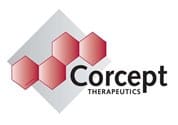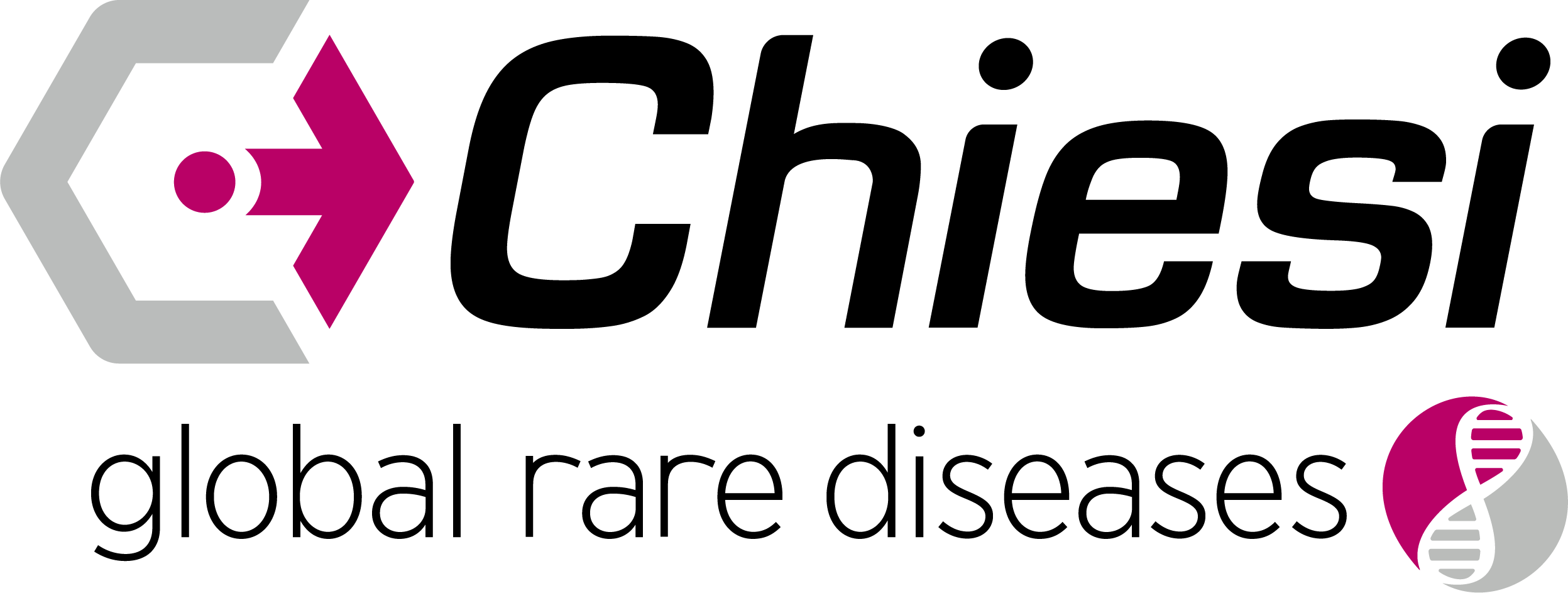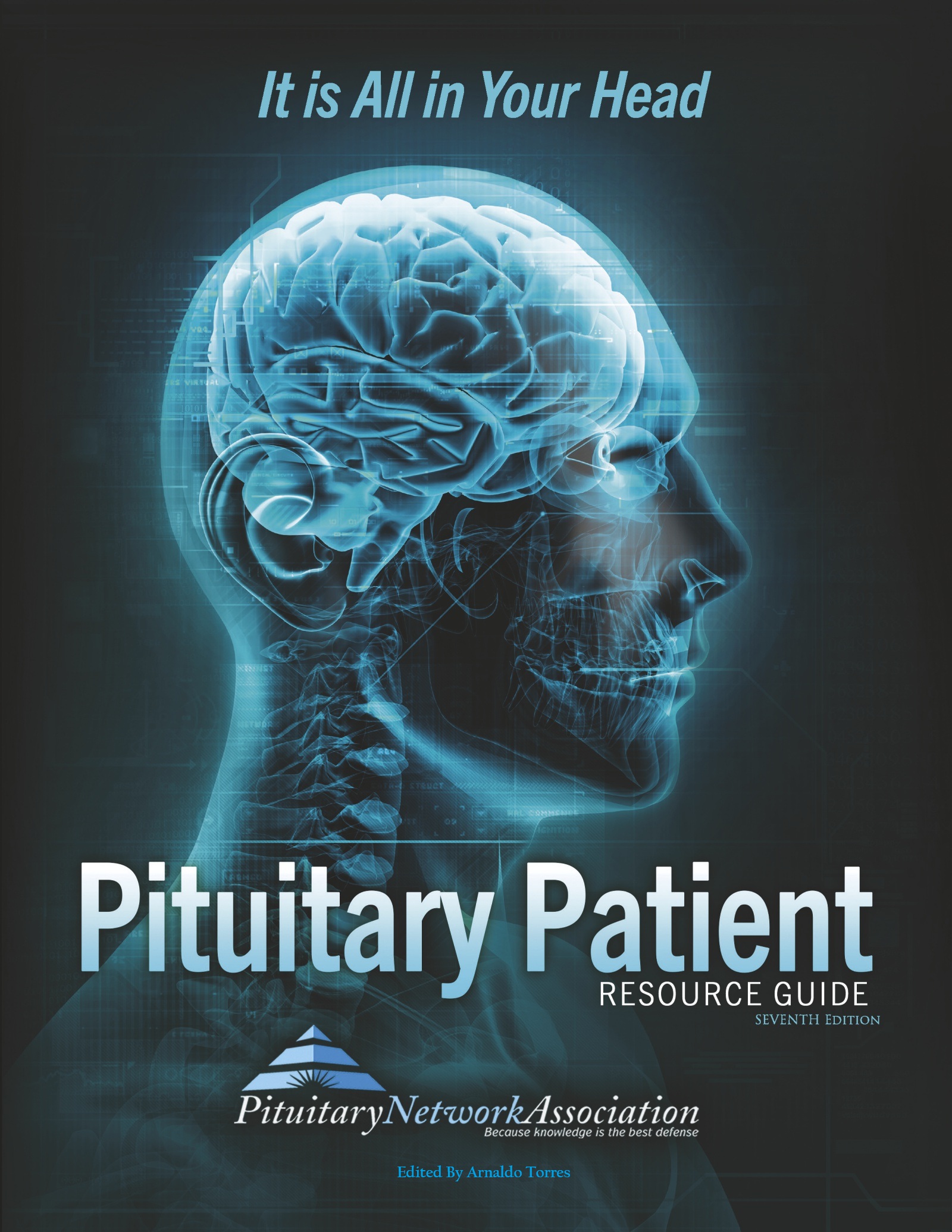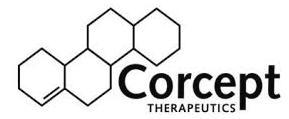News Articles February 2022
Written on 04 February 2022.
Analgesic
A medicine used to reduce pain.
Pain medications are also called analgesics. Analgesics include aspirin, acetaminophen, and ibuprofen. Every pain medicine has benefits and risks. Specific types of pain may respond better to one medication over another. Results also vary from patient to patient.
Anaphylaxis
An acute systemic allergic reaction. In severe cases, this can include potentially deadly anaphylactic shock.
Also known as Anaphylactic reaction. Anaphylaxis is a life-threatening, whole-body allergic reaction. After being exposed to a substance like bee sting venom, the person’s immune system becomes sensitized to that allergen. On a later exposure, an allergic reaction may occur. This reaction is sudden, severe, and involves the entire body.
Tissues in different parts of the body release histamine and other substances, causing airways to tighten and may lead to other symptoms.
Anaphylactic-like reaction (anaphylactoid reaction) can be caused by drugs such as polymyxin, morphine, x-ray dye, and others. This is usually due to a toxic reaction, rather than an immune system response as in anaphylaxis.
Anaplasia
Characteristics of a cell that make it identifiable as a cancer cell. Malignant
A change in the structure of cells and in their orientation to each other; characteristic of malignancy. Malignant cells that have returned to a more undifferentiated or primitive form.Mali
Aneurysm
A ballooning out of the wall of an artery, which in time can leak blood or rupture, causing massive bleeding.
An aneurysm is an abnormal bulge or “ballooning” in the wall of an artery. Arteries are blood vessels that carry oxygen-rich blood from the heart to other parts of the body. An aneurysm may grow and become large enough to burst, causing bleeding inside the body that is dangerous and often fatal. Aneurysms can occur in arteries in the brain, heart, intestine, neck, spleen, back of the knees and thighs, and in other parts of the body. Stroke is caused by the bursting of an aneurysm in the brain.
Angiocardiography
X-ray imaging of the heart and great vessels made visible by injection of a radio-opaque solution.
Diagnostic imaging method that shows the blood flow through the heart and primary vessels. It is used to evaluate patients for cardiovascular surgery. A contrast medium is introduced using a catheter inserted into a heart chamber and a series of X-ray images taken to show where the flow narrows, indicating a blockage of a blood vessel by atherosclerosis.
Angiogenesis
The growth of new blood vessels from surrounding tissue into growing tissue.
Angiogenesis is the formation of new blood vessels. Angiogenesis is a process controlled by certain chemicals produced in the body. Some of these chemicals stimulate cells to repair damaged blood vessels or form new ones. Other chemicals, called angiogenesis inhibitors, signal the process to stop. The study of natural and synthetic angiogenesis inhibitors, or antiangiogenic agents is important since tumors cannot grow or spread without the formation of new blood vessels.
Angiogram
A diagnostic procedure done in the x-ray department to visualize blood vessels.
An angiogram is a procedure that introduces a contrast medium and Xrays to show the blood flow through the heart and primary vessels (such as the aorta or vena cava). An angiogram is used evaluate the arteries or veins in the arms, legs, chest, or belly.
Angiographic
Relating to or utilizing angiography.
Angiography is a test used to detect blockages of the arteries or veins. A cerebral angiogram can detect the degree of narrowing or obstruction of an artery or blood vessel in the brain, head, or neck. It is used to diagnose stroke and to determine the location and size of a brain tumor, aneurysm, or vascular malformation. This test is usually performed in a hospital outpatient setting and takes up to 3 hours, followed by a 6- to 8-hour resting period. The patient, wearing a hospital or imaging gown, lies on a table that is wheeled into the imaging area. While the patient is awake, a physician anesthetizes a small area of the leg near the groin and then inserts a catheter into a major artery located there. The catheter is threaded through the body and into an artery in the neck. Once the catheter is in place, the needle is removed and a guide wire is inserted. A small capsule containing a radiopaque dye (one that is highlighted on x-rays) is passed over the guide wire to the site of release. The dye is released and travels through the bloodstream into the head and neck. A series of x-rays is taken and any obstruction is noted. Patients may feel a warm to hot sensation or slight discomfort as the dye is released.
Angiography
Radiography of vessels after the injection of a radiopaque contrast material.
Unlike angioplasty, which is an invasive procedure, angiography breaks the skin only for the insertion of a needle for administering a radiopaque catheter and positioning under fluoroscopic control. Also see angiographic.
Angioplasty
Reconstitution or reopening of a blood vessel.
May involve balloon dilation, mechanical stripping of the inside of the blood vessel, forceful injection of an elastic filamentous protein, or placement of a stent.
Available Now!
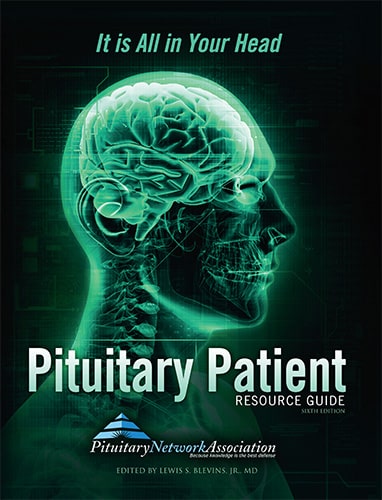
The Pituitary Patient Resource Guide Sixth Edition is now available! Be one of the first to have the most up-to-date information. The Pituitary Patient Resource Guide a one of a kind publication intended as an invaluable source of information not only for patients but also their families, physicians, and all health care providers. It contains information on symptoms, proper testing, how to get a diagnosis, and the treatment options that are available. It also includes Pituitary Network Association's patient resource listings for expert medical care.

Xeris Pharmaceuticals is valued member of the PNA



